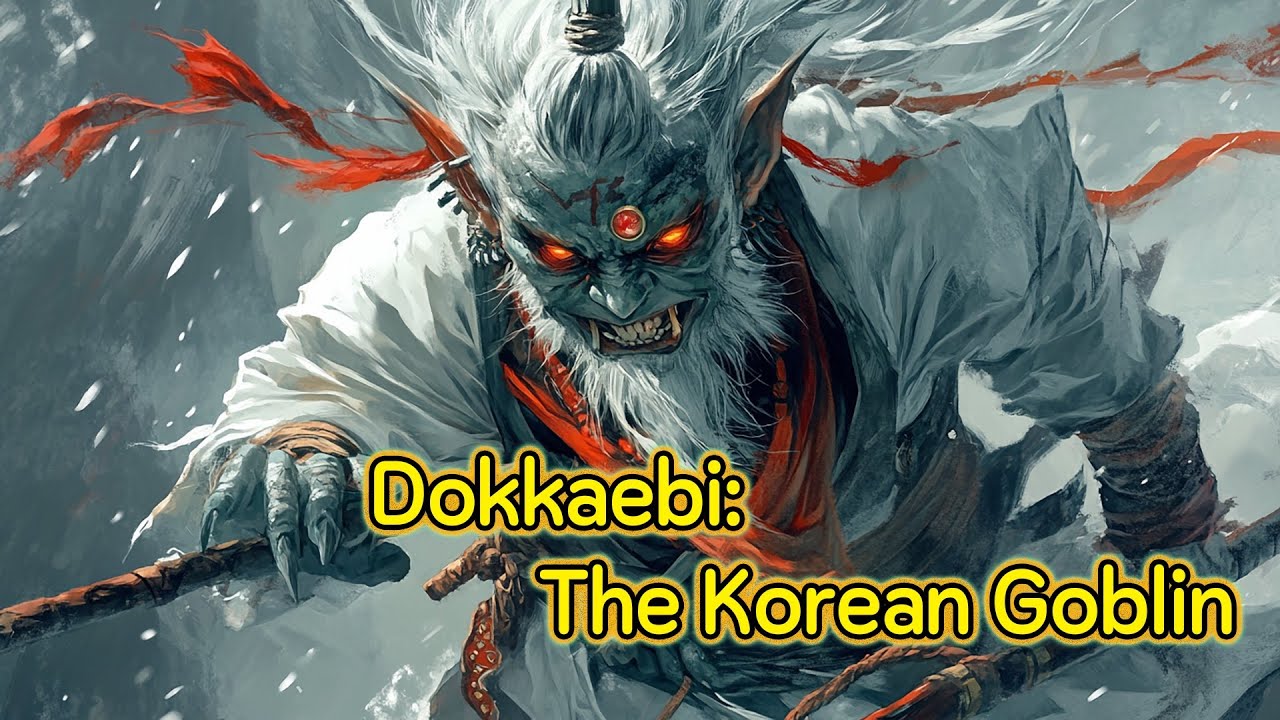
when Horror Yearbook – Dokkaebi is a mythical creature from Korean folklore that has intrigued and entertained generations. Often described as mischievous goblins with supernatural powers, these beings reflect Korea’s deep-rooted shamanistic beliefs and spiritual history. Unlike monsters in Western mythology, Dokkaebi are not evil by nature. They can be both playful and dangerous depending on how they are treated.
Traditionally linked to nature spirits and the wilderness, their stories have evolved to include humor, lessons, and even romance. Across centuries, they have transitioned from invisible forest spirits to anthropomorphic figures with distinct characteristics and roles. Their appearances are not fixed but usually involve vibrant traditional Korean clothing and a rustic club. As the Korean Wave sweeps the world through music and drama, the image of Dokkaebi is being reshaped for modern audiences, turning ancient myth into a global cultural symbol. Through drama, games, and literature, the once-feared trickster is gaining a new identity.
Dokkaebi first appeared in the belief systems of ancient Korea where shamanism thrived. They were associated with the elements of nature, especially mountains and forests, and were thought to inhabit everyday objects that had been stained with human blood. Over time, these spirits transformed into figures that resemble small goblins with horns, red faces, and sometimes only one leg. It is believed that their visual portrayal was shaped by oral traditions and ritual storytelling rather than fixed scripture.
Dokkaebi were known to possess magical abilities, including shape-shifting and granting wishes. In one classic tale, a poor man acquires a Dokkaebi’s hat that allows him to become invisible. Although Dokkaebi might play tricks on people, their powers were not always used for evil. Some rituals were developed to invite their blessings while others aimed to drive them away when misfortune was blamed on their presence. Their complex image has continued to evolve with society’s changing beliefs.
“Read about: Unicorns Were Real? Fossil Discovery Shocks the Scientific World!”
Dokkaebi are not a single uniform entity but come in many forms with distinct personalities and abilities. For example, Mountain Dokkaebi are known for their strength and imposing presence, often imagined as large beings with long horns who guard nature’s balance. Water Dokkaebi are believed to reside near rivers and lakes, capable of manipulating water for either harm or benefit. House Dokkaebi, on the other hand, are more mischievous and dwell among humans, often causing harmless trouble.
Other types include forest spirits that interact closely with wildlife and possess powers over flora. Specific named forms such as Cham are fond of playing pranks on people, while Gae are known to thrive on human suffering. Gaksi and Chonggak take on more romantic characteristics, attempting to seduce and charm humans. Variations like Oedari, who delight in traditional wrestling matches, and Oenun, who are one-eyed and notoriously greedy, further reflect the wide spectrum of personalities found in Korean folklore. These supernatural entities exhibit diverse traits that vary significantly across different regions of the country.
In Korean tradition, Dokkaebi were deeply embedded in rituals intended to attract prosperity or repel harm. Communities would perform ceremonies during harvests, where offerings were made in hopes of gaining favor from the goblins. At other times, exorcisms were held to ward off evil Dokkaebi believed to cause illness, fire, or bad luck. Their supernatural influence was taken seriously, especially in rural regions where natural phenomena were often explained through spiritual beliefs.
These rituals were handed down through generations and included dancing, drumming, and chants aimed at appeasing or expelling them. Dokkaebi were said to be amused by games and contests, sometimes rewarding those who outwitted them. Their appearances in rituals were symbolic of the balance between luck and misfortune, humor and fear. Though these traditions are less practiced today, remnants remain in cultural festivals and folk performances, showcasing how Dokkaebi have continued to be honored as part of Korea’s rich spiritual heritage.
“Read more: Stronger, Fitter, Sickness-Proof: The Ultimate Immunity Workout Formula!”
Dokkaebi have experienced a major revival in contemporary Korean pop culture, particularly in television dramas, films, and video games. One of the most iconic portrayals appears in a fantasy romance series where the Dokkaebi is cast as an immortal being burdened by past sins, searching for redemption through love. In other Korean films, they are presented as powerful and mystical entities, sometimes feared and other times revered.
Game developers have embraced their mythos by designing Dokkaebi characters with combat skills, supernatural abilities, and unique storylines. Through these media, the ancient image of the goblin is reinterpreted for a modern audience that seeks entertainment as well as cultural depth. By merging traditional folklore with digital storytelling, Dokkaebi are being introduced to global viewers who may have never encountered Korean myths before. These modern renditions allow audiences to engage with the cultural identity of Korea while enjoying fantasy-driven narratives that highlight themes of justice, love, and mischief.